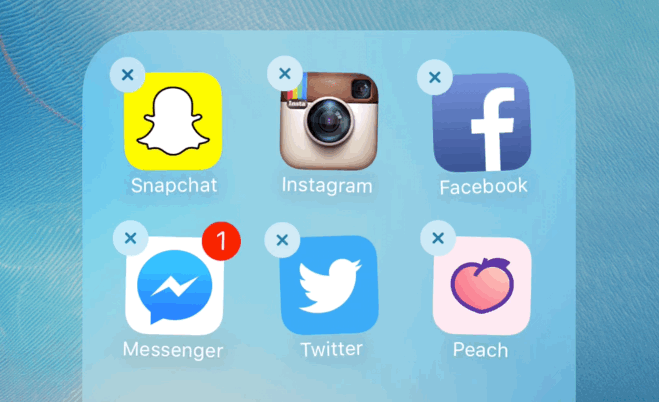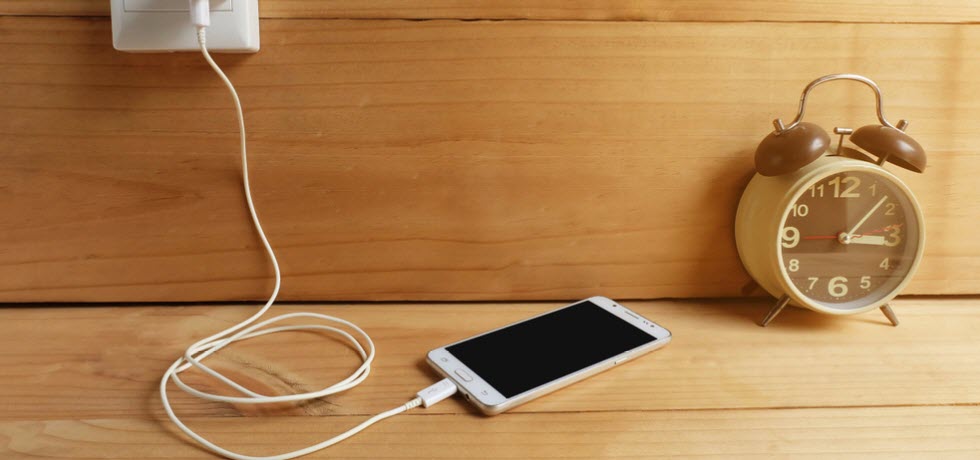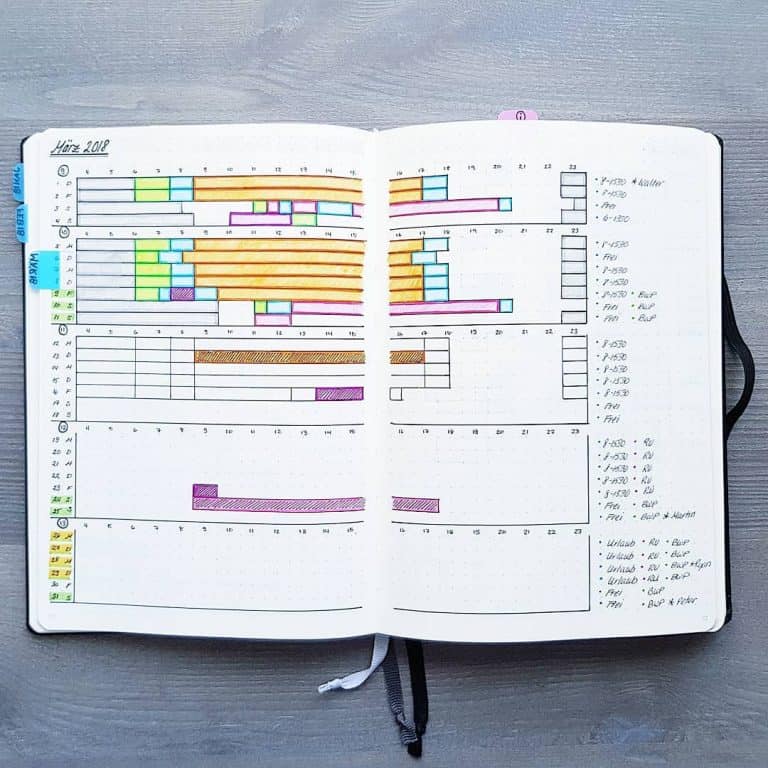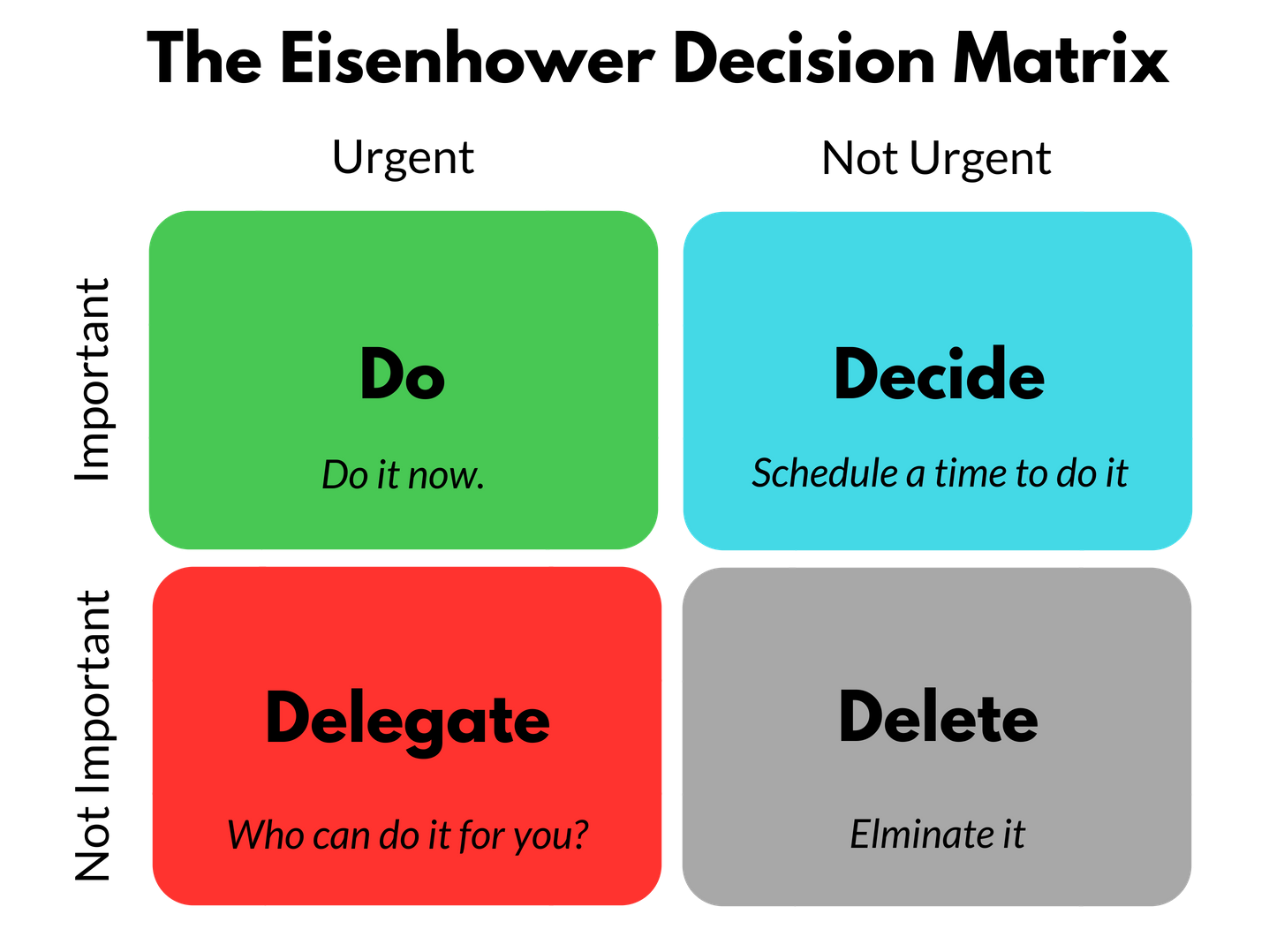Welcome to this post, about How To Be Productive!
While this is a personal finance blog, recently I have found myself writing more and more about productivity. This is a topic that I have always been interested in, but even more so over the last few years.
Over my long Christmas break, I had the idea to compile one mega post about how to be productive. I’m going to be taking key concepts from each of the five posts I have written so far about productivity. If you want to read an extended explanation of any of the ideas, check out these posts:
- How To Be Productive While Working At Home in 2021
- My Productivity System
- Time Management For Teens in 2021
- How To Be Successful With Online School in 2021
- My Life As A Teenager in 2021
I’ve categorized the contents of this post into 3 sections. First, we will talk about why you want to be more productive. Then, we will talk about some rules for how to be productive. Finally, I will be sharing my own productivity system.
Let’s get into it!
Why Do You Want To Be More Productive?
Before we go too far, I think that it is important for each person reading this post to identify why they want to be more productive. Every one will have a different answer and that will dictate your next steps.
I can’t predict exactly what your answer will be, but I can share a few of the reasons why I wanted to be more productive.
- The first big reason is mental clarity. I feel like my mind is constantly spinning at 100 miles per hour. I’m always overthinking my past mistakes, reminding myself what my present to-do list is, and envisioning my future goals. I needed some way to get my thoughts out of my head to give myself a since of clarity.
- My next reason is to be as organized as possible. I’ve always loved organization and am always looking for new ways to become more organized.
- The final reason is that I need to feel like I am making progress and achieving my goals in life. I think one purpose that everyone has in life is to achieve their full potential. I like to feel like I am getting things done and making good use of my time.
So those are my main three reasons for wanting to be productive. They have been the foundation of the system that I have developed.
Which brings me to my final point in this section. You need to find a productivity system that works for you. The system that I will describe in this post works for me because it achieves the goals that I have.
You need to look at the goals and reasoning of why you want to be productive and create a system that achieves those goals.
Rules For How To Be Productive
Despite what I just said, I believe that the following rules should be applied to almost any productivity system. Maybe not all of what I am about to describe will work well for you, but I believe that the vast majority would be beneficial for you.
Eliminating Distractions
This tip is ESSENTIAL! In order for you to be more productive, you need to eliminate distractions from you life.
Average Statistics

Here’s what I recommend if you have an iPhone:
- Go to the “Settings” app
- Go to “Screen Time”
- Go to “See All Activity”
- Go to “Week”
Now you can see how you have been using your phone for the last week.
The first thing you’ll see is how much time you have spent on your phone, both the daily average and total screen time throughout the week. You’ll also see how much of that time you spent on various apps. The average American spends 3 hours and 15 minutes on their phone each day.
If you scroll down you’ll also see the number of times you picked up your phone each day on average. The average American picks up their phone 90 times a day.
Finally, you’ see the number of notifications you received on average each day. The average American gets 46 notifications a day.
If you are a teen like me, your numbers are likely much higher than these averages! I can tell you that my stats used to be way higher than these averages. But after over a year of trying to reduce my phone usage, my numbers are pretty close to these averages.
So how exactly do we fix this problem?
Notifications
The first thing I recommend is trying to remove as many notifications as possible from your phone.
Removing Notifications From Apps
Navigate to your settings again, then “notifications”. Here you will get access to a list of all of your apps and whether or not you allow notifications from those apps.
Go through the list and ask yourself, “Does this app provide time sensitive updates, messages from other people, or other updates I care about?”
If the answer to that question is no, then turn off notifications from that app. It’s that simple.
Optimizing Remaining Notifications
For the apps that you kept notifications turned on for, you should try to customize the types of notifications you get.
For example, on Instagram you have the ability to turn off notifications for when someone posts a story, when someone comments on someone else’s post, etc.
I recommend you only keep notifications turned on for what directly affects you.
Email Notifications
One big area where you might get tons of notifications from is your email.
To combat this, navigate to a folder where you can see your 100 latest emails, whether it be your inbox, achieves, or trash.
I’m guessing that the vast majority of those emails are from email newsletters you are subscribed to.
Go through each one and determine if it adds value to your life. If it doesn’t, go to the bottom of the email and look for the word, “Unsubscribe” in small text. Hit that button and you should be automatically unsubscribed from that email list.
Repeat this for the 100 latest emails that you received. Then, see where you’re at in a couple of weeks. You may need to do this 2-3 times to fully clean out your inbox.
It might seem tedious, but I promise it’s worth it!
Take Care of Time-Wasting Apps

Another thing you’ll want to do is take care of time-wasting apps.
First, check what apps you spend the most time on. I’m guessing for most people it will be social media, YouTube, Netflix, or games. None of these apps are really productive uses of your time so you should look for ways to reduce your usage of each of them.
There’s really 3 options on how to do this.
- Self-Discipline – I used to check social media dozens of times throughout the day. Now, I check it once a day in the evening as part of my nightly routine.
- Take a Break – You can delete apps temporarily as part of a detox. The goal would be that you come back to them with some new ideas on how to use them less.
- Quit Entirely – You can also delete apps permanently if you really don’t see any other ways to cut back. This is extreme but works really well.
Disconnect Yourself From Your Phone

Hopefully by reducing the number of notifications you receive and spending less time on time-wasting apps, you’re already much more productive.
But, there’s still a few more tactics you can use to spend even less time on your phone…I like to think of it as disconnecting yourself from your phone.
There are 3 ways to do this:
- Do Not Disturb – If you put your phone in Do Not Disturb mode your phone won’t send you any notifications. You’ll still get the notifications, but your phone won’t make noise, vibrate, or light up.
- Airplane Mode – If you put your phone in airplane mode, it will disconnect you from cellular service, which also, prevents notifications, but is a bit more extreme.
- Leave It In A Different Room – If you don’t want to be distracted by your phone, you can also leave it in a different room while you work or are trying to connect with family.
Organization
We just talked about eliminating distractions on your phone, but there are also a lot of other distraction in your life that keep you from being productive.
I recommend you keep your physical workplace organized, as well as your computer, in order to be more productive.
Life Buckets

To organize every aspect of your life, I recommend having “Life Buckets”. Life Buckets are essentially the major areas of your life that you focus on.
It might be school, a job, a business, etc. I recommend organizing your life into several life buckets in order to have a clearer vision of what you’re working on.
Some of my life buckets are school, personal, freelancing, this blog, and my t-shirt business.
These life buckets are consistent across my to-do lists, email, filing systems, calendar, etc. This technique has helped me a lot with organizing my life.
Batching
Another popular productivity rule is batching. Batching refers to grouping similar tasks together. For example, when people run errands, they are taking care of all of the activates that require them to leave the house.
In my personal life, I also try to group my tasks together the best I can, especially when it comes to my life buckets.
For example, I do all my small tasks on Monday, all of my freelancing tasks on Tuesdays, all of my blog tasks on Wednesdays, all of my school tasks on Thursdays, etc.
This allows me to stay focused on one are of my life and easily move from one task to another without being distracted.
To-Do Lists
Some people don’t like to-do lists, others love them. I believe they are an essential tool in order to be productive.
It’s a super powerful tool that allows you to see what you have accomplished, and what you still have to do.
To make effective to-do lists, make sure each item is small and actionable, prioritize the list, and don’t make the list too long!
Time
The thing about time is that everyone has the same amount…24 hours every day.
The difference between those who are wildly successful and those who are not is how they use their time, which is the whole premise of productivity.
Parkinson’s Law
One idea that really is important for time management is Parkinson’s Law which states that time expands to the time available.
This means that if you have 10 days to write a paper, it will take you 10 days. But if you have 3 hours to write the same paper, it will only take you 3 hours.
Basically, the more time that is given to you, the more time it will take you complete any given task.
You can use this to your advantage to set deadlines for yourself that seem out of reach but really are possible.
Time Tracking

If you’re not sure where all of your time goes I recommend you give time tracking a try.
There’s tons of different methods out there and almost all of them will be beneficial. The idea is to learn where your time goes so you can be more productive with your time in the future.
How I Spend My Time
I try to be productive 7 days a week. I find that my mood is much better if I am productive.
But, it’s impossible to be productive all the time without getting burned out. So I try to be productive in the mornings and afternoons, then lazy in the evenings.
I usually spend an average of 4-6 hours working each day, or 28-42 hours per week.
I try to do 2-3 tasks a day that average 2 hours each. Sometimes I do more, sometimes I do less. I find this is a good amount to feel like I’m getting stuff done, but also avoid burnout.
Eisenhower Matrix

This next rule is one that I haven’t directly applied to my life, but I indirectly applied it.
The Eisenhower Decision Matrix is a prioritization method that involves grouping your tasks into different categories: do, decide, delegate, and delete. How you group them depends on how important and urgent they are.
While I’ve never actually drawn this table and grouped my tasks on paper, I have done this in my head.
I prioritize the tasks that are important and urgent, I schedule certain tasks for the future, I delegate tasks to teammates, and I delete tasks that aren’t important.
My Productivity System
So there were some rules you should consider adding to your own productivity system, but now let’s talk about what it looks like in action. I want so share my productive system which works really well for me.
Brain Dump

The brain dump (or idea inbox) is the start of my productivity system.
As I mentioned earlier, my mind is constantly spinning. One thing that is super important for mental clarity for me is using a brain dump.
If you don’t know, a brain dump essentially acts as a place for you to write down things you are thinking about.
I let items accumulate here for one week. At the start of a new week on Sunday, it’s time to sort the brain dump.
Items in the brain dump go into three categories:
- Action Items – These are items that need to be taken care of now or scheduled on my calendar for later.
- Thoughts – I move thoughts to a separate note where I can reference them later if I want to.
- Trash – Items that aren’t worth keeping are deleted.
Bullet Journal

The bullet journal is a place for me to set goals, track habits, and make to-do lists.
I start each year by setting my annual goals. These then get broken down into smaller monthly goals.
The monthly goals are written down in the “future log”.
I track my habits on a monthly basis.
Finally, weekly to-do lists are made in the bullet journal as well.
Google Calendar

Items from the brain dump and bullet journal end up on my Google Calendar.
I use my calendar for every aspect of my life including:
- Events/Family
- School
- Workouts/Habits/Personal
- Tasks
- Freelancing
- Blog
- Shirt Business
Notice how a lot of these are the major life buckets I focus on.
There happens to be 7 different types of events, which means that I dedicate one day of the week to each of them:
- Sunday: Reset Day
- Monday: Tasks Day
- Tuesday: Freelancing Day
- Wednesday: Blog Day
- Thursday: School Day
- Friday: Family Day
- Saturday: Shirt Business Day
On each respective day, I try to batch all of the tasks for that area on that day.
A few reasons why I love Google Calendar:
- Recurring events make it easy to automate your calendar
- You can use the description area to include key details about events
- The system is very flexible as you can easily drag tasks from one day to another
Complete Process
When I put it all together here’s how it looks:
- Thoughts in my head get written down in the brain dump
- The brain dump gets sorted and the action items get moved to the brain dump takeaways section of my bullet journal
- All of the bullet journal items get put onto my calendar
- The calendar items are organized and then a complete to-do list for the week is copied back into the weekly bullet journal section in chronological order.
- As I go through my week I work through my to-do list and accumulate new thoughts in the brain dump.
The Takeaway
That’s it! I really hope you enjoyed this post on how to be productive! Make sure you identify why you want to be productive and create your system around that. Follow the rules laid out in this post in your own productivity system. Finally, take some of the key ideas from my productivity system and include them in your own! Best of luck on your productivity journey!
